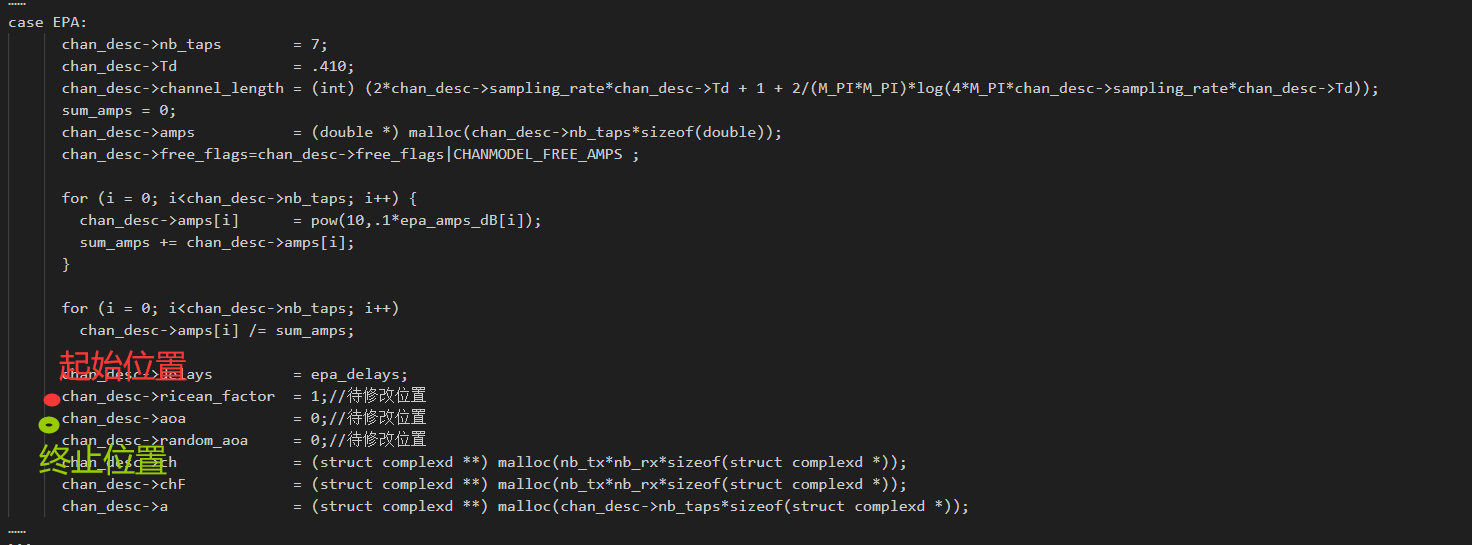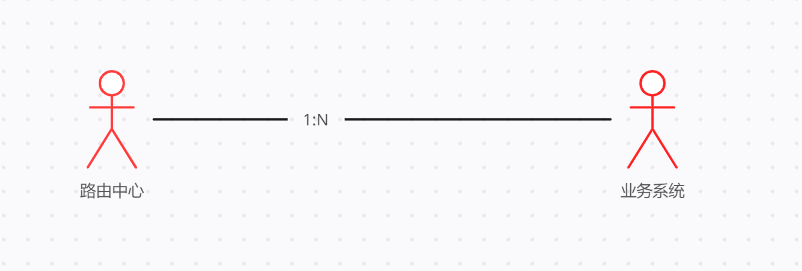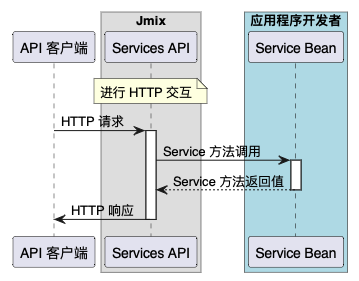async/await 是 JavaScript 中的语法糖,用于简化异步代码的编写。它允许你在异步代码中使用同步风格的语法,使代码更易于阅读和维护。
用法:
- 使用关键字
async声明一个异步函数 - 在函数中使用
await来等待异步操作完成
async function getData() {
const response = await fetch('https://api.example.com');
const data = await response.json();
console.log(data);
}与 Promise 的区别:
async/await是在Promise的基础上构建的,所以在使用async/await时仍然需要使用Promiseasync/await提供了更直观的语法来处理异步操作,而Promise更像是一种编程模式。async/await更符合人类思维方式,更容易理解。- 当使用
async/await时,可以使用 try/catch 来处理错误,这样和处理同步代码的错误方式是一致的,而在使用Promise时,则需要使用.catch()方法来处理错误。
async function getData() {
try {
const response = await fetch('https://api.example.com');
const data = await response.json();
console.log(data);
} catch (error) {
console.error(error);
}
}async/await还支持同时处理多个异步操作,可以使用Promise.all()方法来实现。
const fetchData = async () => {
const [users, posts] = await Promise.all([
fetch('/users').then(response => response.json()),
fetch('/posts').then(response => response.json())
]);
console.log(users, posts);
}- 使用
async/await时,可以在任意位置使用return来终止函数的执行,而使用Promise时,只能在then或catch函数中使用return。 - 使用
async/await的函数始终返回一个 promise。如果在函数中使用了return,则 promise 的结果为该返回值。如果函数没有使用return,则 promise 的结果为undefined。
总之,async/await 是在 Promise 的基础上提供了更易于阅读和维护的语法,使得异步编程更符合人类思维方式,但它并不是替代Promise,而是建立在Promise之上的语法糖。在异步编程中,需要根据情况来选择使用 Promise 或者 async/await。






















